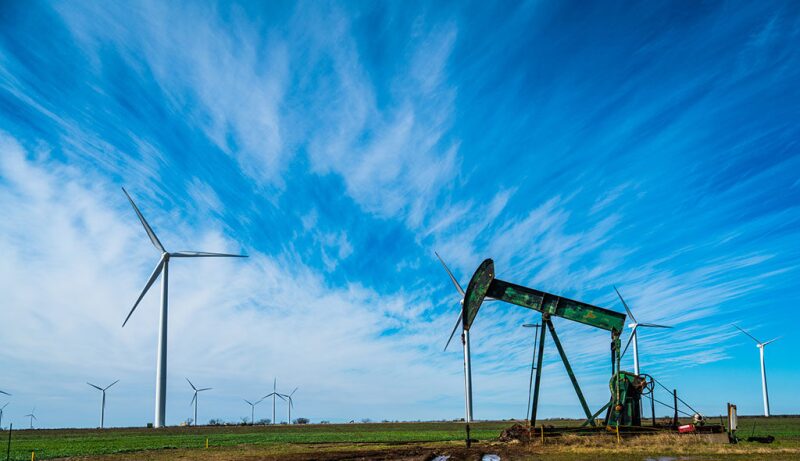
Many major oil and gas operators have announced their intentions to achieve various emissions goals. Obviously, the transition cannot be achieved with a simple flip of a switch and will require some time. What is also becoming more apparent is that the global variability in governments, populations, politics, and economics affects the implementation of measures necessary to achieve a macro-level “energy transition.” While this is a simple statement, it does not capture the zoomed-in view.
Consider the use of coal combustion in power generation. Coal is in the crosshairs as an emitter of sulfur dioxide, nitrogen oxides, carbon dioxide, mercury and other heavy metals, and carbon dioxide. The International Energy Agency’s data show that global coal consumption from 1978 to 2019 peaked in 2013 at 5591 Mtce, then gradually declined to 5407 Mtce in 2019, of which 2866 Mtce was accounted for by China. China’s peak consumption occurred in 2013 at 2922 Mtce. The decline in China’s consumption from 2013–2019 of 56 Mtce was less than the declines seen in the rest of the world. Still, it reflected progress.
Recent reports, however, indicate that China may ramp up its coal use. The country of about 1.4 billion people has an installed capacity of 1,040 GW of coal-fired power and nearly 250 GW of new capacity under development, a boost of nearly 25%. China now has 151.8 GW at the planning stage and 97.8 GW under construction. Plants generating about 17 GW were allowed to start construction this year, more than the total amount approved during the previous 2 years.
Analysts and researchers have thought the country would struggle to meet climate pledges this year as a result of its need to recover from the hard hit dealt to its economy by COVID-19. Ramping up carbon-intensive projects and heavy industry are its go-to means to do so.
The state planning commission said that the development of renewables will be supported if the electrical grid can handle it. Installed capacity of both wind and solar power are planned to reach about 240 GW by the end of the year. But insufficient carrying capacity on the country’s grid prevented about 4% of wind-generated and 2% of solar-generated electricity from connecting last year.
In the UK, the plans to build the first new coal mine in 30 years have been given the green light. The underground mine on a brownfield site will be operated by West Cumbria Mining and is expected to extract 2.4 mtpa for use as metallurgical coal for use in steelmaking for wind turbines, rail tracks, and other industrial uses. The plans include a legally binding greenhouse-gas assessment commitment together with a production end date of no later than 2049 to recognize the transition to a net-zero-carbon economy over the coming decades.
Bangladesh is moving forward with only five of about 36 coal-fired generation projects proposed over the past 10 years, keeping only those that are either under construction or currently operating, Rystad Energy reported. The government’s 2016 energy plan called for 20 GW of coal-fired power to be developed over the next 2 decades. The new plan caps the capacity at 7.3 GW in 2025. Increased gas-for-power projects on top of what is already planned or developing increased renewable-energy generation capacity and associated electricity grid investment could be alternatives.


